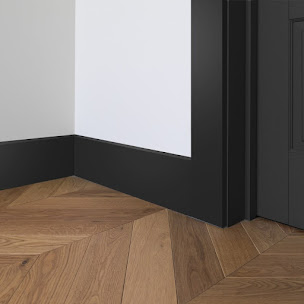Stair Tread Installation on Concrete Stairs
Installing non-slip steps and nosing for Stair Treads is easy, provided you have the proper instructions.
UPDATING EXISTING STAIRCASES OR NOSING OVER THEM
STAIR PREP:
Before Safe Stair Treads are installed, all steps must be level, sound, and clean.
To create an even surface for secure stair treads, levelling compound should be applied over worn or dished stairs. To ensure good adherence, smooth surfaces like stone, terrazzo flooring, tiles, metals, etc. ought to be roughed up.
Vacuum clean steps frequently to get rid of any loose debris. The only thing other stair surface kinds require is a thorough cleaning. A square edge can be obtained by troweling an equalizing compound across a straightedge board that is positioned in front of each step. Starting at the top of the stairs, descend. Stay put till healed.
Instructions for Installing the Stair Tread
To prevent anyone from entering the area, block off entrance to the staircase you will be operating on. Post warning signs and cautionary tape;
- Start at the bottom step. Place the stair tread lying down on the step with caution.
- Place step on stair after carefully picking it up and turning it over, Apply pressure to the tread to spread caulk or glue. Ensure that the tread is being pulled back far enough as it can go towards the front edge and that the ends of the tread are similarly spaced on the stair.
- To remove dirt and drillings from the tread and hole, place the vacuum hose end as close to the predrilled bore(s) as you can with a shop vacuum. Drilling the first hole cautiously in the direction of the tread's center. Blot all the dust and trash from the opening.
- Tighten the anchor by screwing in. Cut and anchor a second hole on each tread end.
- Drill and anchor the last remaining holes. Continue the procedure with the remaining stair treads.
INSTALLING TREADS OR NOSING IN POURED CONCRETE
- Pour concrete into the shape of stairs. Plan pours such that safety Anti Slip Stair Treads can be put in place as soon as possible before initial set. Prior to pouring concrete, make sure you have the necessary number of safety treads. Pick out a stair nosing and insert it into the recently laid concrete, making sure the nosing has anchors connected. Make sure the nosing's front edge is at the specified dimension on the drawings or level with the riser form.
- Work the nosing gently into the concrete till the tread's final edge and the nosing's back edge are level. Till the nosing is plumb, level, contact with the tread depth and at the right elevation, work it into the concrete. Make sure the stair nosing bolts are firmly inserted into the ground and that the concrete completely encircles them to ensure a stable installation.
- Continue the steps outlined in Steps 2 and 3 above until every stair nosing is put in place and positioned correctly.
- Discard the riser molds and complete the concrete rise flush to the front of the stair nosing, or as directed, until the concrete has had time to set. This is necessary to guarantee a clean finish on the riser.
- The stairwell needs to be blocked off for at least twenty-four (24) hours, or until the concrete has hardened.




Comments
Post a Comment